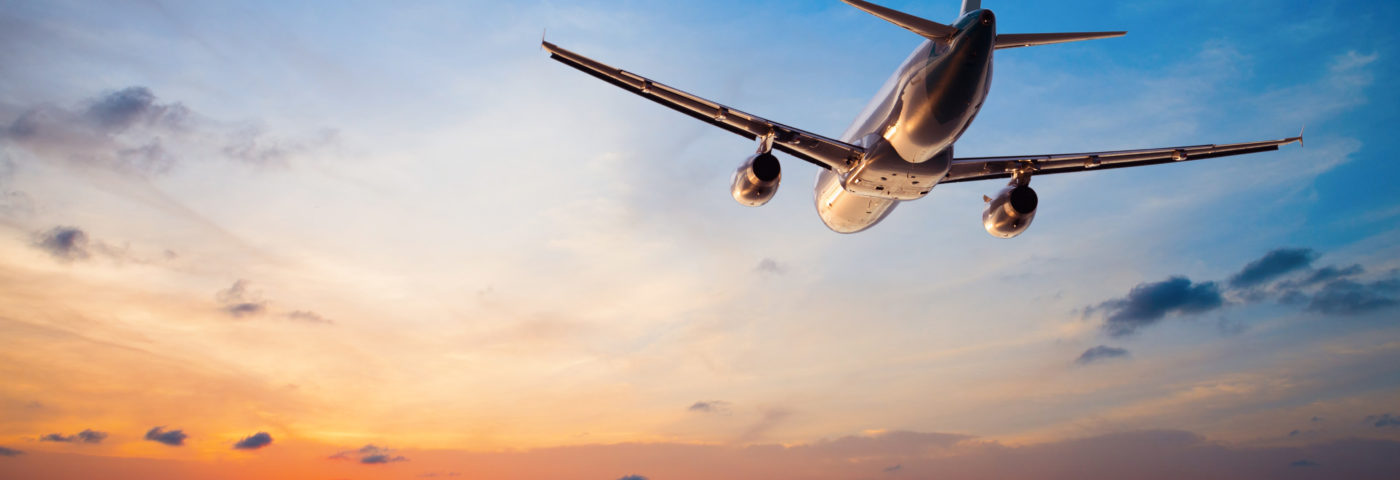At the risk of sounding clichéd, COVID-19 has affected several sectors of the economy including retail, health & fitness facilities, meetings, events etc. However, the biggest brunt of its impact has been borne by travel and hospitality, an industry that employs roughly 10% of the global work force.
As per data recorded by Transportation Security Administration (TSA), the average daily passenger count in US airports typically ranged between 2.2 mil to 2.5 mil in 2019. While we had witnessed a gradual decline in numbers starting early this year, the numbers took a major toll around mid-march, and bottomed out early April when the daily numbers dropped to 100K passengers, which is barely between 4% to 5% of the normal volume. We have seen some recovery since then however it will be quite a while before we can get back to the levels seen in 2019.
What the ‘new normal’ will look like is anybody’s guess but there is consensus on the fact that safety remains the top priority for travellers, and will continue to be so in the post-COVID-19 world as per a recent Mckinsey report. This trend will likely continue well into the near future, as people have been overwhelmingly sensitized to catching a bug, however, innocuous. So, the big question is what does that mean for the Travel, Transportation and Tourism industry? One surprising development has been the surge in private jet memberships and occupancy despite COVID-19 restrictions and concerns.
We are likely to see similar patterns of travel emerge whereby people start travelling again in smaller cohorts or social bubbles where the risk of catching an infection is relatively lower. In fact, several experts in the travel business have expressed confidence that we will likely see significant growth in niche travel driven primarily by the confidence of travelling in a less risk prone environment, as well as the heightened awareness around sustainability and interconnectedness of the world.
Destinations which typically suffered from the effects of over-tourism like unaffordability of housing for local populations, degradation of local environment etc. have seen significant improvement in affordability and environment over the past three or four months as a consequence of restricted tourist activity.
Cleaner waterways in Venice and healthier air quality index in New Delhi are all welcome developments, and local governments and rights groups have been vocal about sustaining this trend and there is reason to believe it will. Gravitation of travellers towards more road trips and family bookings as per AAA forecast, also point toward a shifting of volumes from mass tourism activity patterns to niche travel.
Hotels, travel agents, tour operators, transportation providers and everyone else involved in this industry need to be aware and prepared for the new reality. This will not only involve re-examining their current practices and processes, but also but also re-training and upskilling their workforce to meet the new standards and challenges. It might involve some short-term pain but will be well worth the effort for the long-term health and sustainability of their businesses.
By Utpal Kaul, Travel & Hospitality Innovation Expert
You may also be interested in…
- Now is the time for technology that works
- The current thirst for virtual travel and its role in future travel planning
- Will 2020 define the future of tourism?


